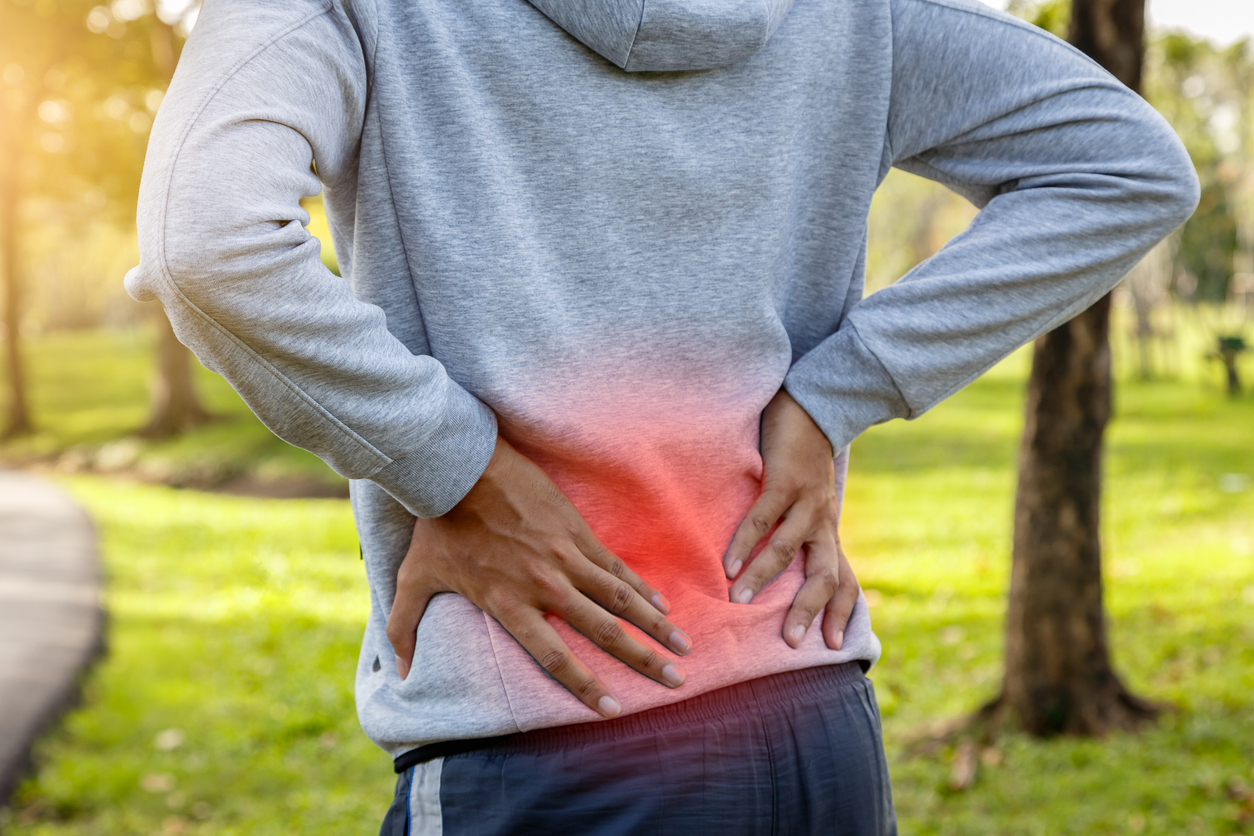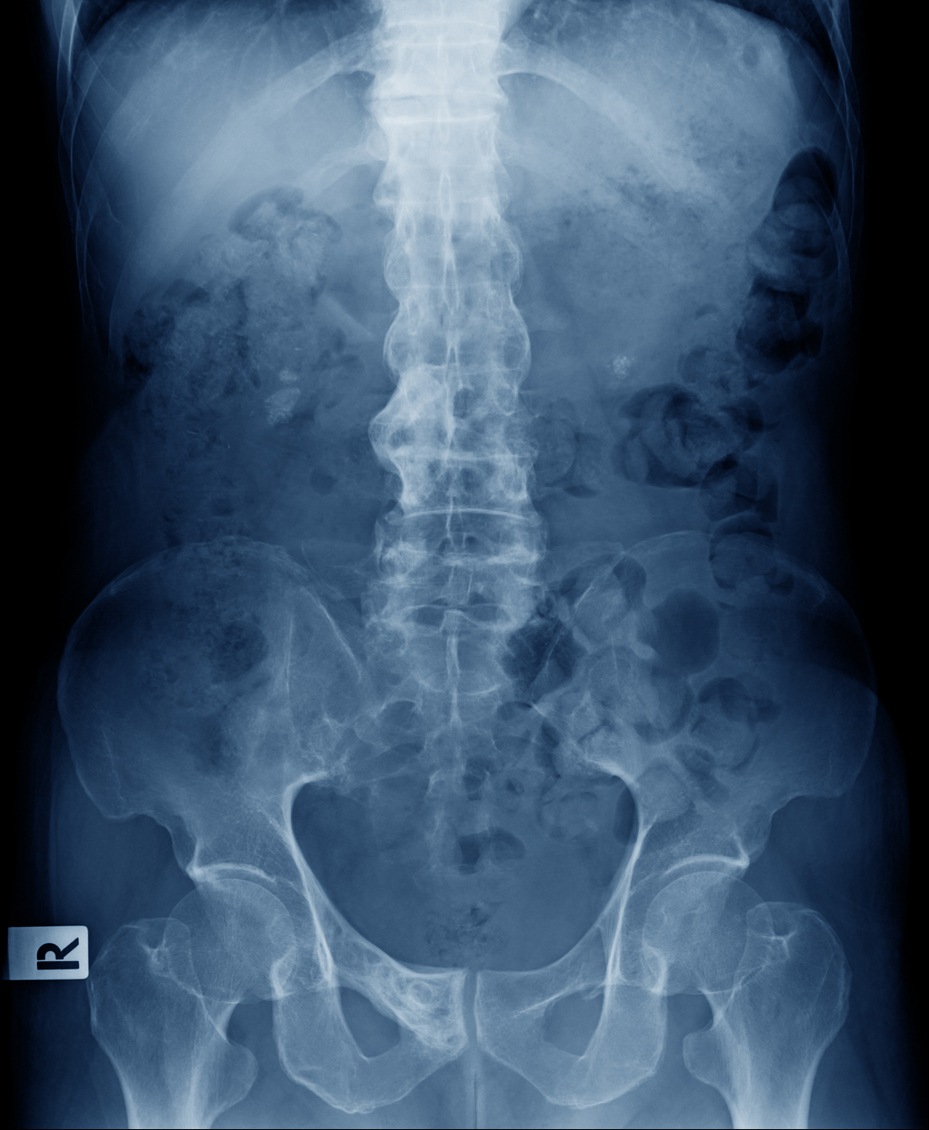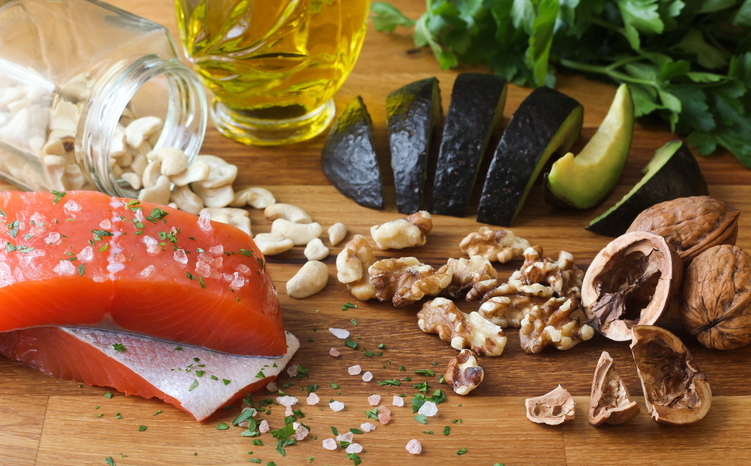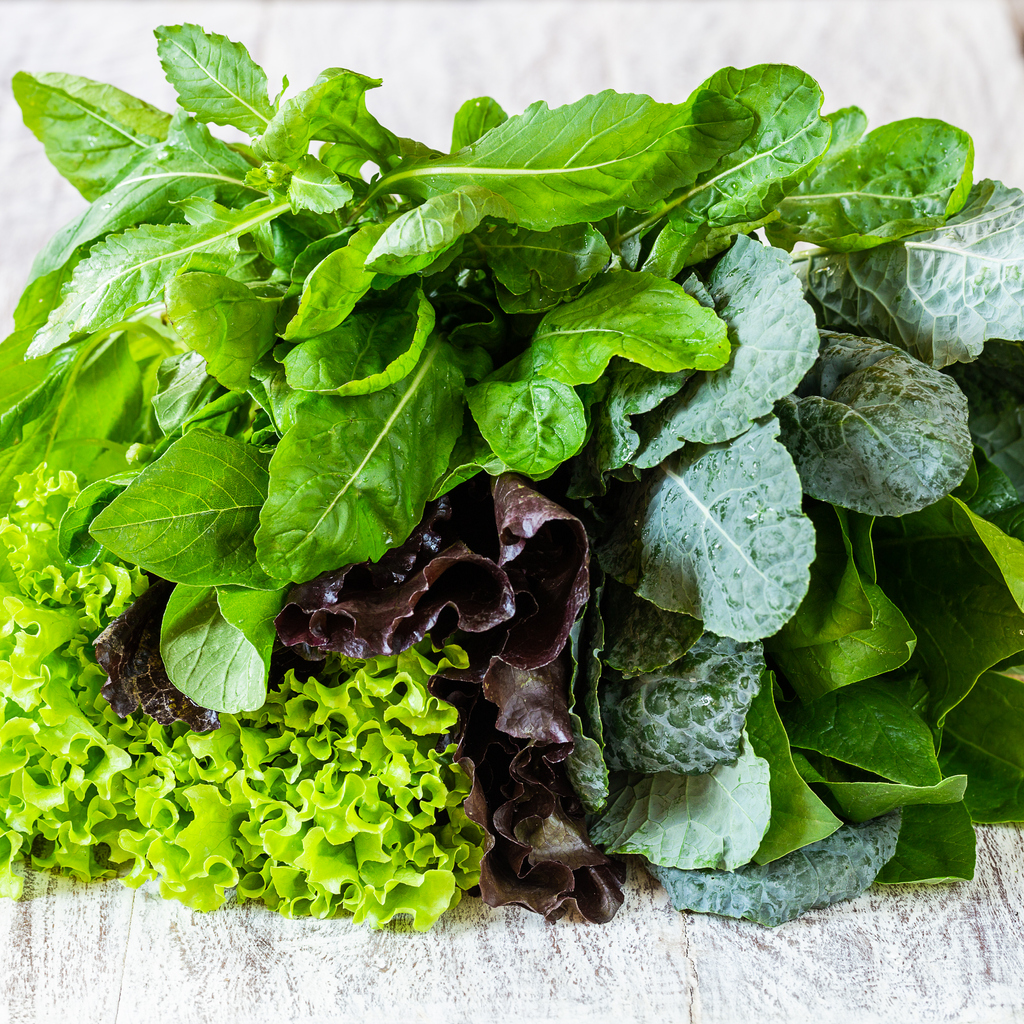If you’re interested in wellness, you’ve probably heard a lot about inflammation and anti-inflammatory foods and protocols. Everyone talks about inflammation — literally all the time — but what the heck is it? Is it the modern-day equivalent of some wacky or vague Victorian condition (think “lunacy” or “mental alienation”)? Nope — inflammation is definitely a scientifically proven issue, which can wreak havoc if we’re not smart about our self-care.
So what is inflammation? Well, it’s both a good and a bad thing. Acute inflammation is our friend — when it works properly, that is. CBHS Health Fund explains that it’s the mechanism behind how your body fights infections and toxins. When you cut your knee or elbow, or when you’re exposed to some sort of chemical, your body will send little inflammation soldiers to the site (or throughout your body) to protect you. Your immune system — which fights to keep you healthy — is behind this process.
But when your immune system gets things wrong, it can start attacking healthy tissue. This is called chronic inflammation, which is also something that occurs in people with autoimmune or immune-mediated issues.
This chronic inflammation keeps your body in a heightened “alert” state, always on the defense. This can harm your organs and tissues, too — and rogue inflammation can even lead to cancer. Some signs? Extreme “I literally cannot get out of bed” fatigue. Fever. Weird and random rashes. Stomach issues. Joint pain. All sorts of weird symptoms.
Inflammation is common and can affect just about anyone.

iStock
Regardless of whether or not you have an autoimmune disease on your hands, inflammation is a risk for everyone.
And it is triggered by lots of things.
It can come from an immune disease, sure, but it’s also environmentally triggered by irritants or pollution, and it can come from an injury or infection, according to Healthline.
Active inflammation feels pretty crappy.

iStock
According to Medical News Today, “People will feel pain, stiffness, discomfort, distress, and even agony, depending on the severity of the inflammation. The type of pain varies. It can be described as constant and steady, throbbing and pulsating, stabbing, or pinching.”
And it’s not always easy to identify that inflammation is what’s going on.
If you suspect that you have chronic inflammation or a chronic illness, your best bet is to see a doc and have them run a series of blood tests to check for inflammation.
Here’s my inflammation story.

iStock
About a decade ago, I was diagnosed with ankylosing spondylitis, an inflammatory, immune-mediated disease that attacks the spine (and causes the vertebra to fuse together), other joints, and some organs (like the heart and lungs). Inflammation first attacked my eyes — causing a condition called Uveitis (aka eye inflammation). It was one of the first hallmark signs of my disease.
Because I was living with ankylosing spondylitis, the constant inflammation made me feel exhausted and sore.
Inflammation made me super tired. And because my body was attacking itself, I was always in pain. The inflammation causes my joints to swell and throb — and it also wreaks havoc on my gut.
My inflammatory disorder led me to discover ways to treat my inflammation.

iStock
I had to see a rheumatologist first, as I suspected I had an auto-immune disease. Both of my parents had inflammatory conditions, so it made sense. The diagnosis process took forever (which is sadly all too common, especially for marginalized folks).
First, I tried medication.
I was put onto a special class of medications called Biologics, which are immunosuppressants, but these caused more problems than they were worth.
So I tried movement, too. Exercise (in moderation) is also totally anti-inflammatory!
Yep. Movement — but not over-doing it — can help reduce chronic inflammation. “As little as 20 minutes of exercise could have anti-inflammatory effects, according to a new study,” states Medical News Today.
So I hopped into the pool to tackle my pain levels.
Water offered a low-impact and gentle way of getting exercise, and it helped lower my inflammation — which helped to lower my pain levels.
But it wasn’t enough. So I also turned to anti-inflammatory foods. (The Anti-Inflammatory Diet & Action Plans is a great resource for this.)

iStock
There are a lot of foods that science has proven to reduce inflammation, so I focused on eating those while cutting out the foods that were found to cause inflammation. At first, I tried this anti-inflammatory diet for two weeks (and it worked!).
FYI: The anti-inflammatory “diet” isn’t for weight loss. Rather, it’s a way of eating.
These days, I don’t eat anti-inflammatory foods all the time, but when I’m in a flare-up (otherwise known as a period of pain and inflammation), I try to eat anti-inflammatory foods for a few weeks to reduce inflammation. (Because let’s face it, I can’t do it all the time without slipping up.)
An anti-inflammatory diet generally keeps me feeling pretty good, too.
I notice that when I’m eating well, I feel way, way better — stronger, less achy, and I have way more energy. When I tried it for the first time, the first thing I noticed was that I felt less heavy and sluggish. I didn’t realize just how much my body was craving clean foods. And after two weeks, I noticed that my arthritic symptoms reduced (more on how chronic illness connects to the gut below).
It wasn’t super hard to stick to, either.

iStock
I’ll get into the specifics around which foods are anti-inflammatory — hint: they’re all delish — but I did have a tough time cutting back on hard ciders and martinis, which are my fave drinks.
Complication: Not everyone agrees on which foods are inflammatory or not.
You’ll find a lot of different opinions on which foods to eat to reduce inflammation. Lots of people argue over nightshades (such as eggplants), for example. There is some conflicting science here. Fun, right?
There are also plenty of dietary anti-inflammatory approaches.
An anti-inflammatory diet sometimes corresponds to other kinds of diets, like the auto-immune protocol diet, which also eliminates certain inflammatory foods.
Generally, there are some staple anti-inflammatory foods and spices.

iStock
Most people agree that extra virgin olive oil, leafy greens (like kale and spinach), fatty fishes full of omega-3s and omega-6s, blueberries, broccoli, green tea, avocados, and turmeric are anti-inflammatory.
The science behind these foods is pretty clear.
Research shows that these foods have active anti-inflammatory properties. They all contain protective compounds, antioxidants, and the fatty acids EPA and DHA, which fight inflammation.
We can learn from cultures that eat anti-inflammatory foods.
Just look at the Japanese — they’re healthier and they eat fish and lots of greens, and drink green tea. Their life expectancy is higher than in other nations, according to USA Today.
Green tea fights inflammation — so I drink it daily.

iStock
In fact, green tea is one of the healthiest drinks out there — so I drink up to a cup a day. It can even reduce your risk of heart disease and cancer, according to various studies, as reported by the National Foundation for Cancer Research.
Green tea contains a magical ingredient called EGCG.
EGCG stands for “Epigallocatechin gallate,” and it can reduce inflammation, prevent weight gain, and help prevent heart issues, according to Healthline.
I also eat an avocado every day (if they’re fresh).

iStock
Everyone’s favorite toast topper is REALLY good for the body. I try to eat at least half an avocado daily to get all of its goodies, like heart-healthy fats and anti-inflammatory compounds.
Avocados may fight cancer, too.
They also contain carotenoids and tocopherols, which fight cancer. According to a study, “Previous research has demonstrated potential health benefits of avocados and extracts of avocado against inflammation and cancer cell growth,” but more research is needed.
Turmeric is a delicious spice that gets a lot of attention for its golden color.

iStock
Ever heard of “golden milk”? It’s a popular drink made with hot almond or coconut milk — and it’s praised for its anti-inflammatory qualities (which come from its ingredient, curcumin, which helps with inflammatory conditions). Doctors recommend taking turmeric supplements with black pepper supplements to boost its bioavailability.
I like to make foods with turmeric (in addition to taking a supplement) a few times a week.
I’ll drink golden milk once or twice a week, sprinkle turmeric into my soups and poultry dishes, and I’ll also take a daily curcumin supplement.
Blueberries and strawberries are some of the best anti-inflammatory foods out there.

iStock
Studies show that overweight men and women who ate strawberries had lower levels of certain inflammatory markers associated and heart disease risks. In fact, all berries have powerful anti-inflammatory powers.
I eat them every day!
I usually sprinkle these berries on my morning yogurt (I eat almond milk yogurt) or pop a few in the palm of my hand before a workout a few times a week.
Fatty fish is your friend.

iStock
Fatty fish are top of the food chain — see what I did there? — when it comes to fighting inflammation, thanks to their omega-3 fatty acids EPA and DHA.
So get snacking.
I eat salmon and sardines a few times a week. I make a can of salmon with some salad for dinner or lunch sometimes, while snacking on sardines as part of a Mediterranean snack tray (with olives and grape leaves) for a healthy snack.
Broccoli fights inflammation — but plenty of people find it gross.

iStock
I happen to LOVE broccoli, but I get that people don’t. It’s full of something called sulforaphane, which is an antioxidant that fights inflammation. Yay, broccoli!
If you don’t love broccoli…
…you can make a broccoli mash that makes it more palatable. Pop it into a food processor for a mash that pairs well with chicken or fish.
But there are also a lot of foods to steer clear from.

iStock
These foods are pretty obvious, and I try my best to avoid them when possible. They include fried foods, red meats, refined foods, white bread, and sugary soft drinks. None of this is too surprising, right?
Inflammatory foods are delicious, but they can be bad for us in excess.
I still will eat fries and croissants from time to time, but I try to cut down on these goodies — especially if I’m eating anti-inflammatory foods during a flare-up.
Oh, and then there’s the issue of alcohol. Sadly, it’s inflammatory.

iStock
There’s a lot of debate over whether that one glass of red each night is good for us or night, but generally, alcohol is inflammatory — so I try to keep my intake low.
Inflammatory foods are also linked to the creepy-sounding “leaky gut syndrome.”
It’s a gross phrase, we know, but inflammatory foods are associated with something called leaky gut or increased intestinal permeability. This allows food particles and bacteria to seep into the bloodstream.
Oh, and guess what? Leaky gut is sometimes linked to inflammatory and autoimmune conditions. Yup, full circle, huh?
According to studies, “A leaky gut has been observed in a number of autoimmune diseases including type 1 diabetes, multiple sclerosis, inflammatory bowel disease, and systemic lupus erythematosus.”
If you want to try an anti-inflammatory diet, it’s easy to get started.
First, cut out all the crap. No white breads or fried foods. No refined stuff or gooey candy bars. If it seems unhealthy, it probably is.
Then, integrate the good foods into your diet day by day — while avoiding the bad ones.
This interview at the Cleveland Clinic offers lots of practical suggestions around starting this diet. Take care of your body and your body will take care of you.
You TOTALLY are what you eat!
Remember when people would say, “you are what you eat”? (Most of us would respond with something like, “So I’m a chocolate bar!”). Well, it turns out they’re right…
You’re healthier if you eat healthily.
Bon appetit!
Our editors handpicked the items in this article. Affiliate links may give us a small share of the revenue to support our creative team.

